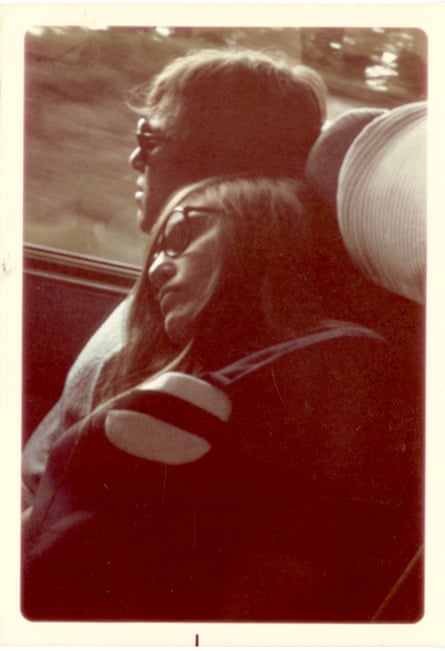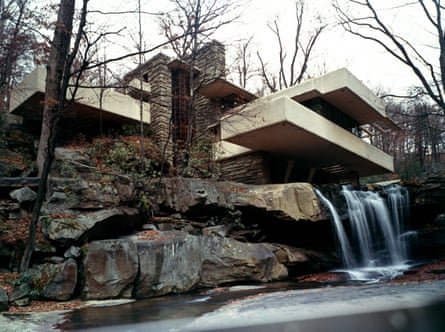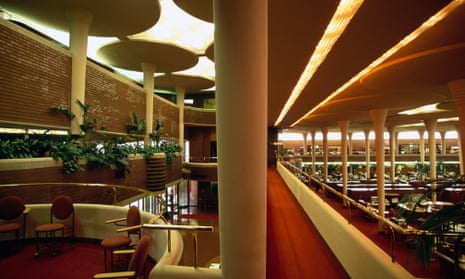In the summer of 1969, for our honeymoon, my wife Nina and I rented a car and went on a strange adventure around the United States to see the buildings of Frank Lloyd Wright. We didn’t know how to drive, so we got together with two other young men, a Jehovah’s Witness and a very religious Swedish Lutheran. Since we were too poor to stay in hotels, we slept mostly in the station wagon, Nina and I on a plastic inflatable mattress in the back and the two men in the front. How she stayed married to me, I don’t know.
The trip was supported by a fellowship from the Cooper Union, my architecture school in New York, and it was entirely focused on Wright’s buildings. From New York, we took a Greyhound bus down to St Louis, to the Mississippi. Then we drove all over the country before ending up at a design conference in Aspen. Nina at that time was too young to have even a glass of wine, so in the evening, as we talked about the buildings we had seen, she would be drinking Coca-Cola. I remember it as a very strange initiation, both to marriage and architecture. Fortunately, she is such a wonderful person and didn’t think I was crazy.

Le Corbusier said that, to be an architect, you don’t need to study anything – you don’t need to study technology, you don’t need to know the law, you don’t need to know the history of architecture. All you need to do is travel and read a couple of books. It sounds crazy but actually he was right. You only need to see things that inspire you. The basic desire to learn, to enjoy, to experience, to build something, is enough.
On our trip, we saw some of Wright’s major projects, such as the Johnson Wax headquarters in Wisconsin, Fallingwater in Pennsylvania and the Robie House in Chicago, as well as lots of his less well-known houses. Each one was revelatory. It was the horizontality of Wright’s buildings that made such a big impression – they established for me this very American idea of space, very different from the European conception.
When my family emigrated to the US in 1959, the very first film I saw was Hitchcock’s North by Northwest, on the big screen at Radio City Music Hall. I did not understand a word, but the visual story – the faces of presidents on Mount Rushmore, the aeroplanes, the trains, the cars, the violence – that was really the US. I experienced a similar revelation on this Wright initiation tour 10 years later.
What was my response to seeing those buildings? Wow! So much of architecture is taught through images, through photography, but that is completely illusory because buildings exist in space. You really have to go and look at them, to see what the other side looks like from your own vantage point. Seeing these Wright buildings in person really showed me that the power of architecture goes beyond two-dimensional presentations. And it established a very high standard in my mind: to do architecture you have to go beyond the obvious.
I really admired Wright; who doesn’t? Today, maybe he is not as talked about as Mies van der Rohe, but he was one of the greatest of the greats because he used the ideas of sustainability, green architecture, organic architecture and local materials, and his buildings also have amazing freedom of space.

I think he has definitely influenced my work. All those great architects – from Le Corbusier back to the architects of the Renaissance, and further back to Ancient Greece – remain in my mind, not as typologies, or images of buildings, but more in terms of their spiritual search, which is so evident when you see their buildings and drawings and their path through their own work. We are all students of these masters.
